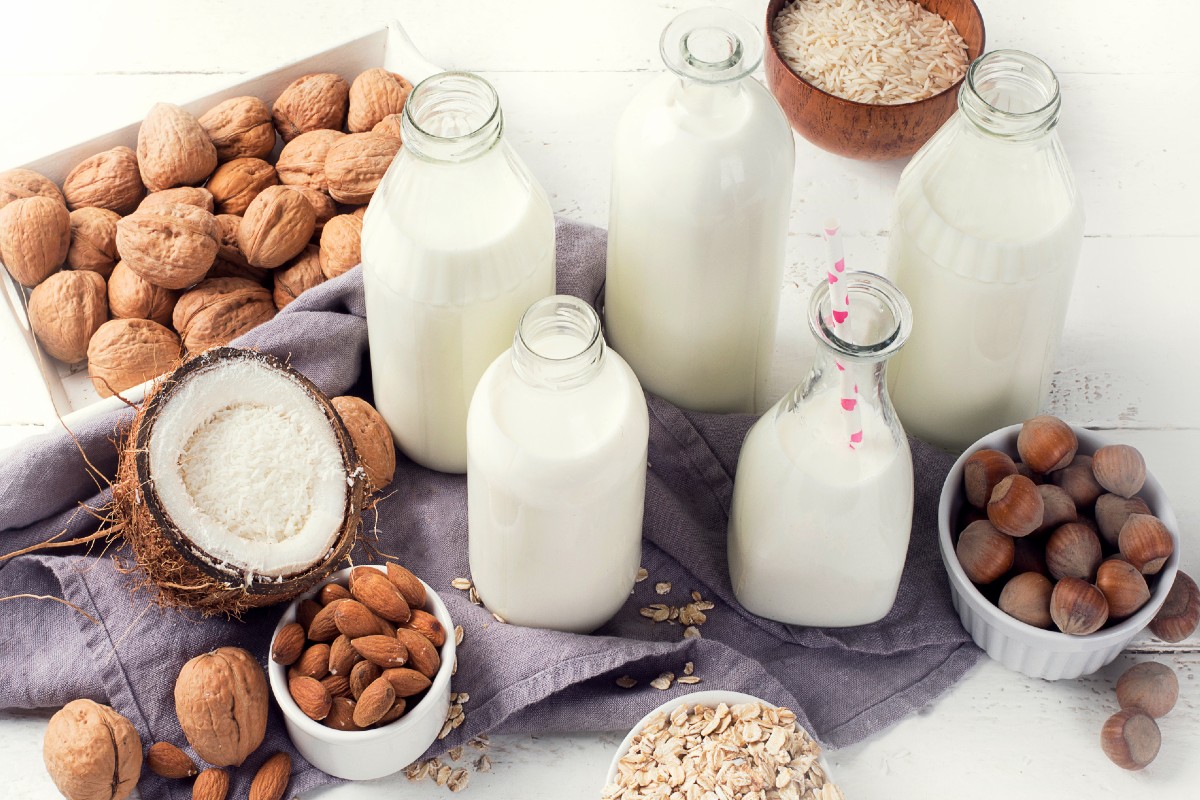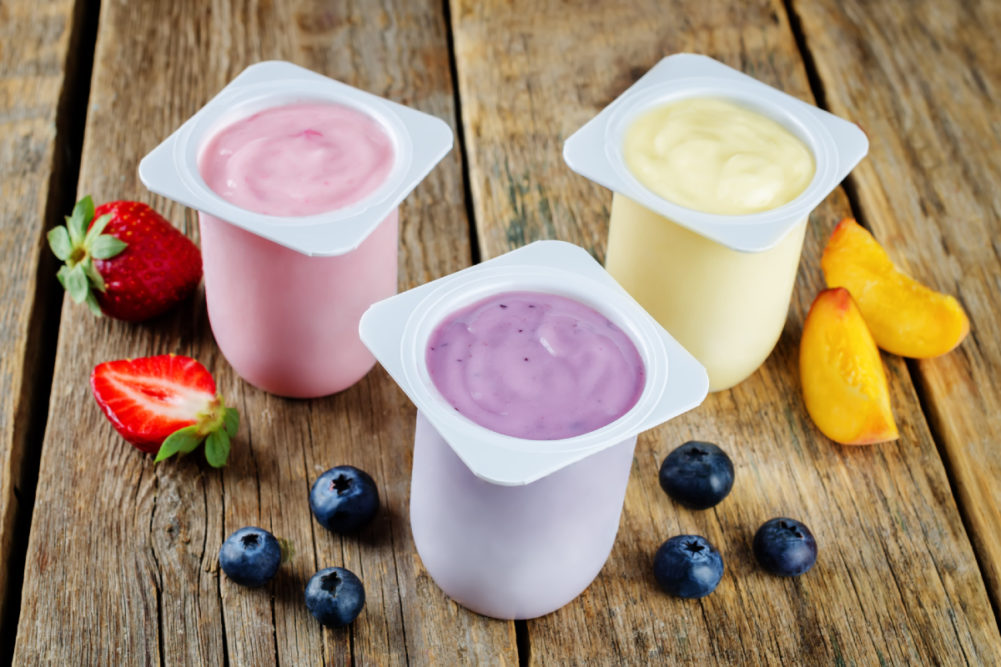What makes one chocolate ice cream less bitter than another? How do you brighten up strawberry yogurt or add depth to a cheddar cheese spread?
The answer is non-characterizing flavor extracts, which are usually not detectable by the human palate, but when omitted, are missed.
“When we talk about non-characterizing flavor extracts, we are referring to modulators and aromas with a broad range of effects. These components aim to improve basic tastes (bitter, salty, sour, sweet and umami), intensify specific attributes of a base or aroma, or even mask undesirable off notes,” said Jamerson Bastos Da Silva, senior flavorist, IFF Nourish Division, New Century, Kan. “In some instances, they may contribute to mouthfeel lost during processing or reductions in sugar, salt or fat. There are even options that provide cooling or warming sensations.”
Modulators work in the background. Flavorists typically work within specified parameters to create modulators that may be declared on ingredient statements as natural flavor, artificial flavor, or natural and artificial flavors. Non-GMO and organic compliant options are available.
“Non-characterizing flavor extracts often help to round out or add dimensions to characterizing flavors,” said Marcia Petit, sensory director, Tate & Lyle, Hoffman Estates, Ill.
She provided the example of a vanilla-flavored milk made with vanillin to keep costs down.
“The vanillin would not be enough to deliver a balanced product profile. Consumers might perceive the product as artificial, off or low quality,” Petit said. “To create a product that would be closer to being flavored with vanilla extract, you need to incorporate ingredients that deliver subtle notes of oak, cream and caramelized sugar to develop a fuller flavor profile.”
There are also flavors with modifying properties (FMPs). These ingredients alter the product’s flavor without imparting a specific characteristic flavor on its own.
“The use of an FMP might modify the vanilla profile to provide a more rounded flavor but the FMP alone would not have any flavor of its own,” Petit said.
Dairy is complicated
Adding flavor to dairy foods is complicated, which is why formulators often rely on non-characterizing flavors as part of their flavor system. That system becomes a “secret recipe,” as flavors are not specified on ingredient statements.
“Dairy has protein and the fat content varies greatly. Dairy also comes with inherent sugars,” said Elizabeth Kreger, innovation and analytical manager, Sensient Flavors & Extracts, Hoffman Estates, Ill. “Even a cow’s diet can impact the final taste. All of that plays into the complexity of how dairy will interact with and accept flavors. In short, there is a lot to consider when adding flavor to dairy products.”
Dairy proteins tend to trap some flavor compounds. Fat, on the other hand, carries many flavors. Less or more of either macronutrient can impact overall taste profile.
“Aldehydes, generally used in fruit flavors to add fresh/green/citrus notes, typically get bound by protein, so a lot of knowledge and consideration goes into formulating these flavors and being able to use the correct extract when flavoring dairy products,” Kreger said. “It is easier to flavor higher-fat items.”
Warren Yee, flavor development manager, FlavorSum, Kalamazoo, Mich., said, “Choosing the right flavor profile for the product base is paramount. Concepts previously developed in full sugar or fat bases may need to be reworked when revisited in a reduced base. Non-characterizing flavors can help accentuate positive attributes and mitigate negative ones, but will not fix a product base.”
If you start with something that tastes off, the product will always taste off. And product composition matters.
“Depending on the fat content of the dairy product, you may need to increase or decrease the dosage levels of the flavor,” said Sandra Wilson Eamer, flavor development manager, FlavorSum, Mississauga, Ontario, Canada. “But do not over-dose the flavor in the finished product, as it may alter the original taste and provide undesirable characteristics.”
 Photo: vizafoto - stock.adobe.com
Photo: vizafoto - stock.adobe.comDylan Morton, culinary development specialist, Foodology by Univar Solutions, Downers Grove, Ill., said, “It’s important to ensure that any non-characterizing flavors you add to a dairy system do not overpower the main flavor. For instance, adding an excess of vanilla to a chocolate-flavored ice cream could result in the vanilla flavor being too dominant and the chocolate flavor being lost.”
It’s all about finding the right balance between the flavors to create a delicious and satisfying product.
“Ingredients like vanilla and lemon can be characterizing flavors independently, but they’re also instrumental as a non-characterizing flavor,” said Philip Caputo, marketing and consumer insights manager, Virginia Dare, Carteret, NJ. “Vanilla adds a depth of flavor by rounding out a bolder profile, while the acid in lemon adds a brightness that enhances a characterizing flavor.
“Our non-characterizing flavors balance the profile by enhancing saltiness without adding salt,” Caputo said. “Salt amplifies other flavors, so keying in the right amount elevates the entire profile, even in sweet applications. The non-characterizing flavors can also accentuate sweetness and umami or downplay medicinal or dull notes in functional ingredients.”
Tips to taste great
The overall profile of a product may be drastically changed through alterations in the basic tastes that influence the characterizing flavor profile.
“An example of this is the changes that happen when sodium is reduced without balancing the overall salt perception of the product,” said Kyle Kamp, business development director for taste-dairy, bakery, snacks and meals, Kerry, Beloit, Wis. “The profile can come across as hallow or even spiky due to the absence of the correct level of sodium. Similarly, when sugar is reduced, profiles can come across very differently and require complete flavor rebalancing in dairy beverages and yogurts.”
“Non-characterizing flavors play a big role in ensuring that the flavors we expect are what we actually taste,” Morton said. “This is particularly apparent when it comes to flavors like chocolate or vanilla, where small amounts of non-characterizing flavors are added to boost the overall flavor profile.”
Said Elise Gavin, senior research scientist-sensory, Tate & Lyle, “The FMPs are a powerful tool in chocolate milk because they can modify specific flavors, depending on the FMP. They can even be leveraged to change the perceived mouthfeel, leading to a sense of indulgence without impacting overall product nutrition.”
Neeraj Kamath, associate principal scientist at Tate & Lyle added, “FMPs are being utilized by food formulators to augment, adjust or refine specific flavor profiles, particularly in the formulation of calorie-reduced, sugar-reduced or high-protein products.”
In better-for-you yogurt formulations, astringency or chalkiness may arise. This may mute certain characterizing flavors like vanilla or fruity notes.
 Photo: bit24 - stock.adobe.com
Photo: bit24 - stock.adobe.com“FMPs like glycosylated stevia can be incorporated to help reduce astringency in yogurts or enhance overall fruit flavor intensity,” Kamath said. “Similarly, in plant-based milks, such FMPs aid in reducing beany or nutty off taste from plant-based ingredients.”
Smaro Kokkinidou, principal food scientist, Cargill, Minneapolis, said, “In the US, when erythritol is used at an inclusion level of 1.25% or lower, it may appear on ingredient statements as ‘natural flavor.’ Alongside its clean, sweet taste, erythritol also brings flavor-modifying properties.”
Non-characterizing flavors may help balance out any undesirable bitterness that may arise from the addition of protein, caffeine, vitamins, minerals or other nutraceuticals to dairy foods. There are even non-characterizing flavors that contribute mouthfeel to distract from any sedimentation or grittiness that nutraceuticals may bring to a product.
“Often when developing nutritionally focused foods, using low-fat systems can sometimes result in a lack of the sensation of a higher-fat content ingredient,” Morton said. “This can be done with specific non-characterizing flavors that can help emulate the sensation, binding to receptors on the tongue to mimic fat that may otherwise be missing.”
Flavor extracts enable differentiation in the cheese segment, too. This is a growing trend in non-standardized cheeses, as well as cheese spreads and dips.
“We are seeing different cheese layering combinations with cheddar. They now have hints of gouda or parmesan,” Kamp said. “These profiles can be achieved through the classic make process by the cheesemaker or through the addition of natural cheese flavors to bring a boost to the current offerings. Extracts such as lavender, pepper or cocoa can bring more exotic interest into cheese, and you only need to go look at the goat cheese aisle to see that experimentation has few boundaries.”
“Spoonable strawberry Greek yogurt may incorporate an apple extract as part of the flavor system,” said Sudarshan Nadathur, chief flavorist, ADM, Chicago. “Although the characterizing flavor may be strawberry, that flavor alone may not be enough to define the taste.”
Morton said, “Lemon zest can make a berry-flavored yogurt more vibrant. It’s fascinating how a small addition of a particular flavor can elevate the overall appeal of a product and influence consumer preference.”
Indeed, sometimes unexpected flavors added at very low, almost undetectable, levels add an extra dimension of flavor.
“We can also look to soy sauce or other brown compounds to help support the chocolate notes in dairy frozen treats, such as ice cream or mousse,” Nadathur said. “Another excellent solution is to borrow ingredients from other cultures, such as tamarind extract. Tamarinds have both a sour and sweet taste and are used extensively in Indian and Mexican foods. The sourness of tamarind can add a layer of complexity and depth while tamarind’s sweet notes can support brown flavors, which are important for dairy-based desserts like flan. It can also act as a flavor modulator in plant-based dairy offerings.”
Fatty nut flavor extracts may add richness without the fat calories in non- and low-fat dairy foods.
“Coconut or cashew, for instance, can provide the similar fatty taste of butter, delivering the same creaminess and mouthfeel by coating the tongue,” Nadathur said. “We recently introduced a new flavor modulation technology that supports the creaminess and richness that may be lost in dairy-reduced or dairy-free systems, as well as in low-fat and reduced-sugar formats.”
Kreger concluded, “It is so important to avoid tweaking the final product and instead address issues in the base first. Fix astringency, boost a creamy mouthfeel and mask bitterness in the base before adding flavor. Get the non-characterizing ingredients right first before trying to achieve a specific flavor profile.”
Kokumi enhances dairy flavor
Umami is the fifth basic taste. Bitter, salty, sour and sweet are the other four.
“We now know that kokumi is not the sixth taste,” said Aaron Andrews, associate corporate chef, Ajinomoto Health & Nutrition, Chicago, at the Research Chefs Association (RCA) conference on March 6 in Boston. “Kokumi does not have any flavor. It is a flavor modifier. It increases the intensity of the basic tastes, as well as certain flavor, namely pungent ones, such as garlic, onion and chili peppers.”
Produced by precision fermentation, yeast extract is a source of umami. It is considered a natural ingredient and is identified on ingredient statements as “yeast extract,” said Elizabeth Morrow, principal food scientist at Ajinomoto.
Yeast extracts may allow for a reduction in characterizing umami-type ingredients. This translates into a cost savings and even improved nutrition facts.
In an aged cheese spread, for example, yeast extract would allow for a reduction in the amount of cheese required to achieve the full aged profile. This may reduce calories, fat content and possibly sodium.
At the RCA conference, Ajinomoto showcased how the addition of 0.15% yeast extract gave a sour cream-based onion dip a fresher, caramelized flavor with a fuller mouthfeel. This may enable a premium positioning with a higher price point and a better margin.

